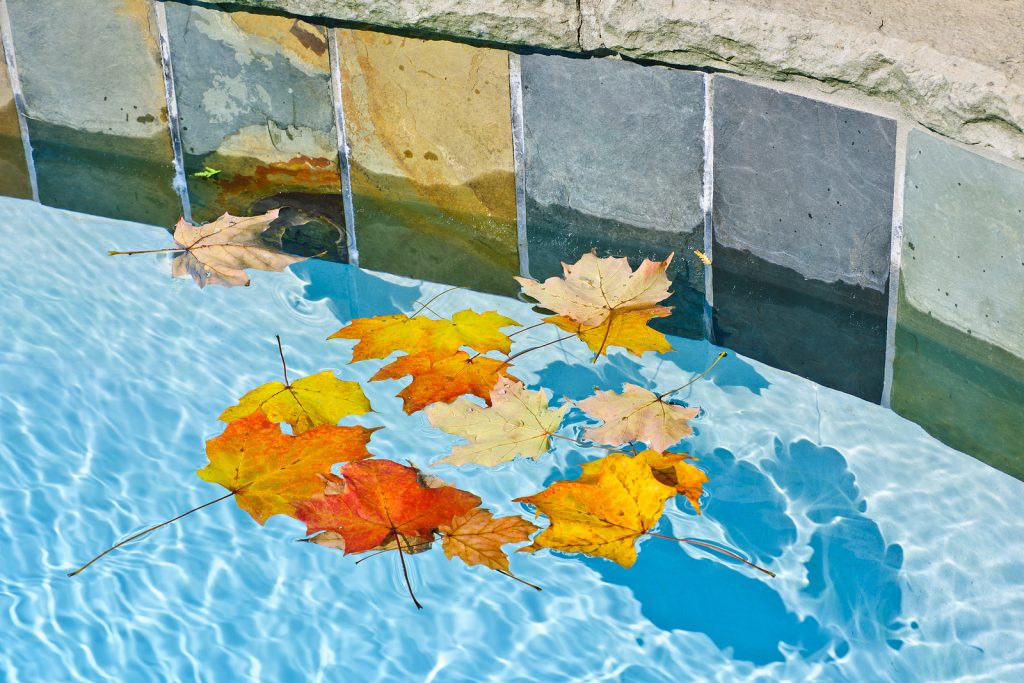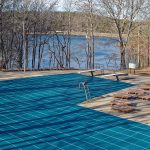11 Key Steps to Successfully Prepare Your Pool for Fall
As the fall season approaches, it’s important to prepare your pool for the colder months ahead. Proper maintenance during this transitional period ensures your pool remains in good condition, preventing costly repairs and making the reopening process smoother in the spring. Fall preparation involves several crucial steps that help protect your pool’s structure, equipment, and water quality. Here are eleven key steps to successfully prepare your pool for fall.
Assessing Pool Condition
- Inspecting Pool Structure
Before starting the fall preparation process, thoroughly inspect your pool’s structure. Look for any visible cracks, leaks, or other forms of damage that might worsen during the colder months. Pay special attention to the pool walls, floor, and tiles. Addressing these issues promptly can prevent more extensive damage and costly repairs later. If you notice significant damage, consider consulting a pool professional for repairs before winter sets in.
- Evaluating Pool Equipment
Inspect all pool equipment, including pumps, filters, heaters, and other accessories. Ensure they are functioning correctly and efficiently. Check for any signs of wear and tear, such as rust, corrosion, or leaks. If any equipment needs repairs or replacement, taking care of it now will save you time and hassle when you reopen your pool in the spring. Properly functioning equipment ensures the longevity and safety of your pool.
Cleaning Your Pool
- Skimming and Vacuuming
Remove any debris, such as leaves, twigs, and insects, from the pool using a skimmer. Regular skimming prevents clogging in the filtration system and helps maintain clear water. Vacuum the pool thoroughly to remove dirt and sediment from the bottom, ensuring a clean start for the next season. A clean pool surface and clear water reduce the risk of algae growth and other water quality issues during the off-season.
- Brushing and Scrubbing
Brush the pool walls, tiles, and steps to remove any algae or grime buildup. Regular brushing helps maintain the pool’s appearance and prevents the growth of algae and bacteria, keeping the water clean and safe. Use a pool brush with appropriate bristles for your pool’s surface type to avoid damage. Scrubbing the pool thoroughly before winter helps preserve the pool’s aesthetics and hygiene.
Balancing Water Chemistry
- Testing Water pH and Alkalinity
Test the water’s pH and alkalinity levels using a pool testing kit. Maintaining balanced water chemistry is imperative for preventing corrosion, scaling, and other issues. The ideal pH level for pool water is between 7.2 and 7.6, while the alkalinity should be between 80 and 120 parts per million (ppm). Adjust the pH and alkalinity levels as needed to ensure the water remains balanced. Proper water chemistry protects your pool surfaces and equipment from damage.
- Shocking the Pool
Shocking the pool involves adding a high dose of chlorine to eliminate bacteria, algae, and other contaminants. Perform a shock treatment a few days before closing the pool to ensure the water is clean and sanitized. Follow the manufacturer’s instructions for the correct amount of shock treatment to use. Shocking the pool helps maintain water clarity and prevents the growth of harmful microorganisms during the off-season.
Lowering Water Level
- Appropriate Water Levels for Fall
Lower the water level in your pool to just below the skimmer. This step helps prevent damage to the skimmer and other equipment caused by freezing water. Follow manufacturer guidelines for the correct water level reduction. In colder climates, lowering the water level is essential to avoid damage from ice expansion. Ensure the water level is appropriate for your pool type and local weather conditions.
Winterizing Pool Equipment
- Draining and Storing Equipment
Drain all pool equipment, including pumps, filters, and heaters, to prevent freezing and damage. Follow the manufacturer’s instructions for draining each piece of equipment. Store the equipment in a dry, sheltered location to protect it from the elements. Proper storage techniques include covering equipment to prevent dust and debris accumulation. Winterizing your equipment when preparing your pool for fall ensures it remains in good working condition for the next season.
- Using Pool Covers
Invest in a high-quality pool cover to keep debris out and protect the water from contaminants. Pool covers also help maintain the water temperature, reducing the risk of freezing and damage. There are various types of pool covers, including safety covers, mesh covers, and solid covers. Choose the cover that best suits your pool’s needs and local climate. A well-fitted cover provides an additional layer of protection during the off-season.
Final Steps
- Adding Winterizing Chemicals
Add winterizing chemicals to the pool to prevent algae growth and maintain water quality during the off-season. Winterizing chemicals typically include algaecides, chlorine, and other sanitizers. Follow the manufacturer’s instructions for the correct type and amount of chemicals to use. Proper chemical treatment ensures your pool remains clean and free of contaminants throughout the winter months.
- Conducting a Final Inspection
Perform a final inspection of your pool and equipment to ensure everything is properly winterized. Check that all steps have been completed and that the pool cover is securely in place. Verify that the water level is correct, the equipment is stored safely, and the chemicals have been added. A thorough final inspection helps you catch any missed steps and ensures your pool is successfully prepared for fall and the off-season. For expert inspection services, hire a pool professional.

Prepare Your Pool For Fall With Pool Operation Management
Preparing your pool for fall is key to maintaining its condition and ensuring a smooth reopening in the spring. For professional assistance with your pool maintenance, contact Pool Operation Management. Our experts provide comprehensive services to help you keep your pool in top shape year-round. Contact us today to schedule a consultation.






